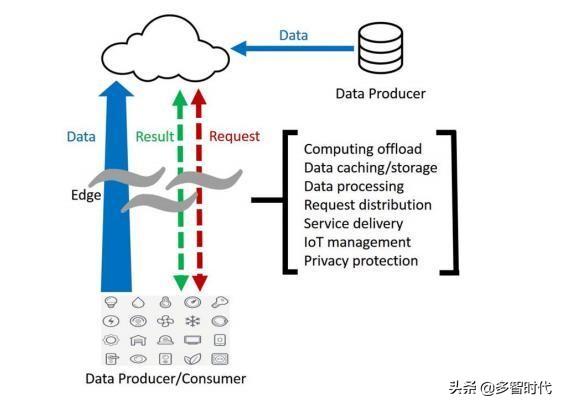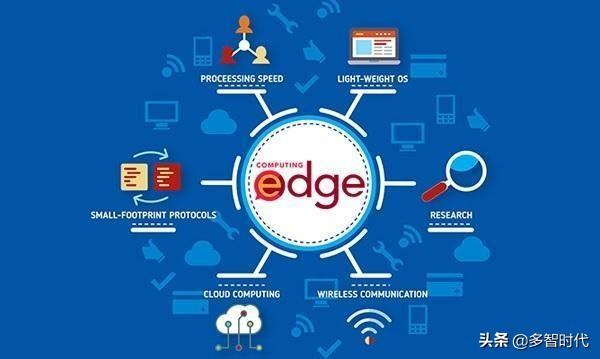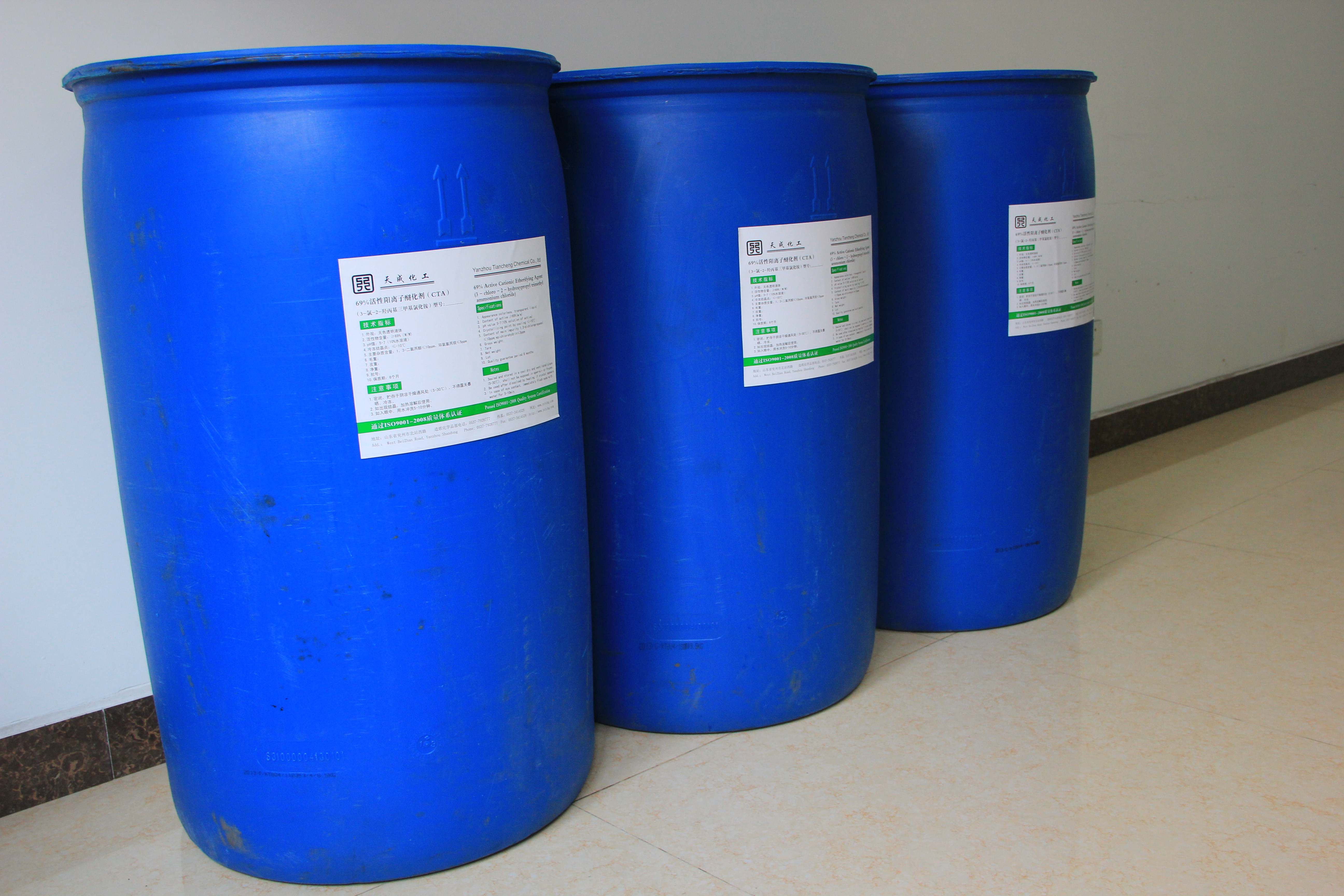With the development of the Internet of Things and artificial intelligence, the amount of data is increasing exponentially. More and more data needs to be stored, analyzed, and processed at the edge of the network, which poses great challenges to edge computing capabilities. With its excellent performance, the ES600SMEC server pushes artificial intelligence to the edge, greatly improving the edge computing processing capability. In the application of visual recognition, through video capture, the face detection algorithm is optimized at the edge of the network to achieve a face detection function of 1200 frames per second, and the detection rate exceeds 98%. On an ES600S server, real-time artificial intelligence analysis of such videos can be achieved.
What is edge computing

Cloud computing <br> The traditional cloud computing model is as above, the leftmost side is the service provider to provide data, upload to the cloud center, the terminal customer sends a request to the cloud center, the cloud center responds to the relevant request and sends data to the terminal customer. End customers are always the role of consumers.

Edge computing Edge computing generates data by uploading edge nodes (including smart home appliances, mobile phones, tablets, etc.) to the cloud center, and service providers also generate data to upload to the cloud center. The edge node sends a request to the cloud center, and the cloud center returns related data to the edge node.
Edge computing advantages
Similar to cloud computing, edge computing is also a way of processing data, but the difference is that cloud computing needs to upload data to the cloud, while edge computing eliminates the upload step and processes the data directly locally. With the rapid development of the Internet of Things and 5G technology, more and more devices are connected to the network, and the amount of data will increase exponentially. Once the amount of data is large, if the data is transmitted through cloud computing, the network time consumption is too large .

With the help of edge computing, in the field of face recognition, the response time is reduced from 900ms to 169ms. After offloading some computing tasks from the cloud to the edge, the energy consumption of the entire system is reduced by 30% -40%. Data can be reduced by 20 times in terms of integration and migration. With the avalanche of data, it is predicted that by 2025, global data will increase 10 times to 163 Zettabytes. It is necessary to move calculations and data closer to the user. In turn, this will lead to the emergence of many different edge computing "platforms": wireless edges, mobile edges, and building edges.
Also known as electronic chemical materials. Generally refers to the electronics industry uses specialized chemicals and chemical materials, that is, electronic components, printed circuit boards, industrial and consumer production and packaging of various chemicals and materials. It can be divided into substrates, photoresists, electroplating chemicals, packaging materials, high purity reagents, specialty gases, solvents, pre-cleaning dopants, flux masks, acids and etchants, electronic adhesives and auxiliary materials Other categories. Electronic Chemicals with many varieties, high quality requirements, small dosage, demanding on the cleanliness of the environment, product replacement fast, large capital investment, higher value-added products, etc., these characteristics with the development of micro-processing technology more and more obvious.
Electronic chemicals, also referred to as electronic chemical materials, refer to the fine chemical materials that are used in the electronics industry. The electronic chemicals are a kind of special chemicals. As far as the properties of the production process are concerned, they belong to the fine chemical industry. In terms of product use, Belongs to the electronic material industry. According to the classification standard of China's national economy, the electronic chemicals industry belongs to "Specialized Chemical Products Manufacturing Industry" (2662); according to the "Guidelines for Industry Classification of Listed Companies" promulgated by China Securities Regulatory Commission in April 2001, it belongs to "Specialized Chemical Products Manufacturing Industry" C4360 ). They include integrated circuits and discrete device chemistries, such as chip production photoresist, ultra-clean high-purity reagents, ultra-clean high purity gas, plastic packaging materials; color TV with chemical materials, such as color phosphor, CPT Supporting the water-soluble resist, high-purity inorganic salts, organic films, etc .; chemical materials used in printed circuit boards, such as dry film resist, ink, chemical and electroplating copper plating solution and its additives, surface mount process conductive paste , Cleaning agents, liquid solder resist photoresist, adhesive patch, conductive adhesive, solder paste, pre-coated flux, clean and water-based process flux; liquid crystal display devices with chemical materials, such as liquid crystal, photoresist , Oriented films, adhesives, slurries, electrolytes, films and encapsulants, polarizers, etc .; polishing materials, ect.

Surface Active Agent Tc-1000,Surface Active Agent Tc-2000,Surface Active Agent,Electronic Chemicals
Shandong Tiancheng Chemical Co., Ltd. , https://www.akdchemical.nl